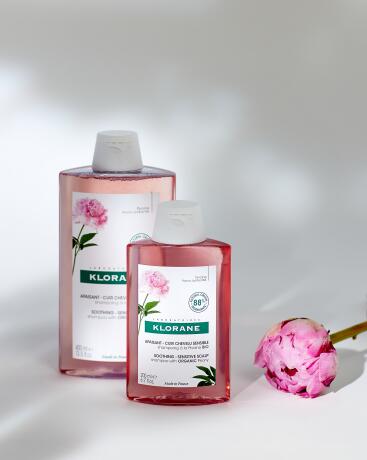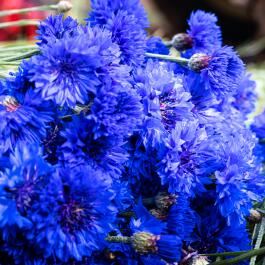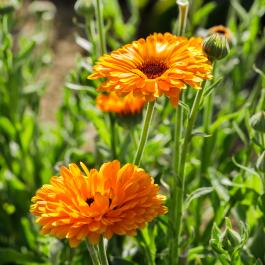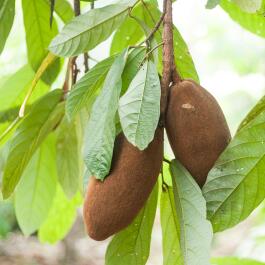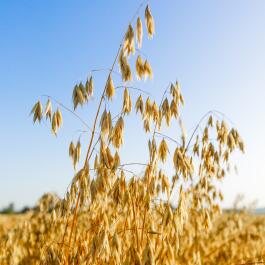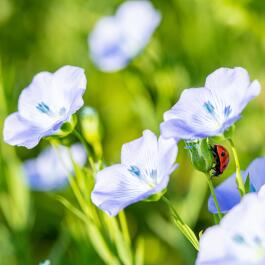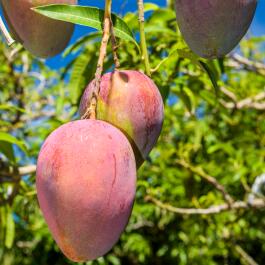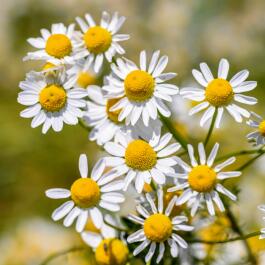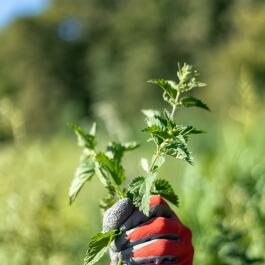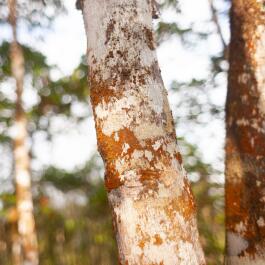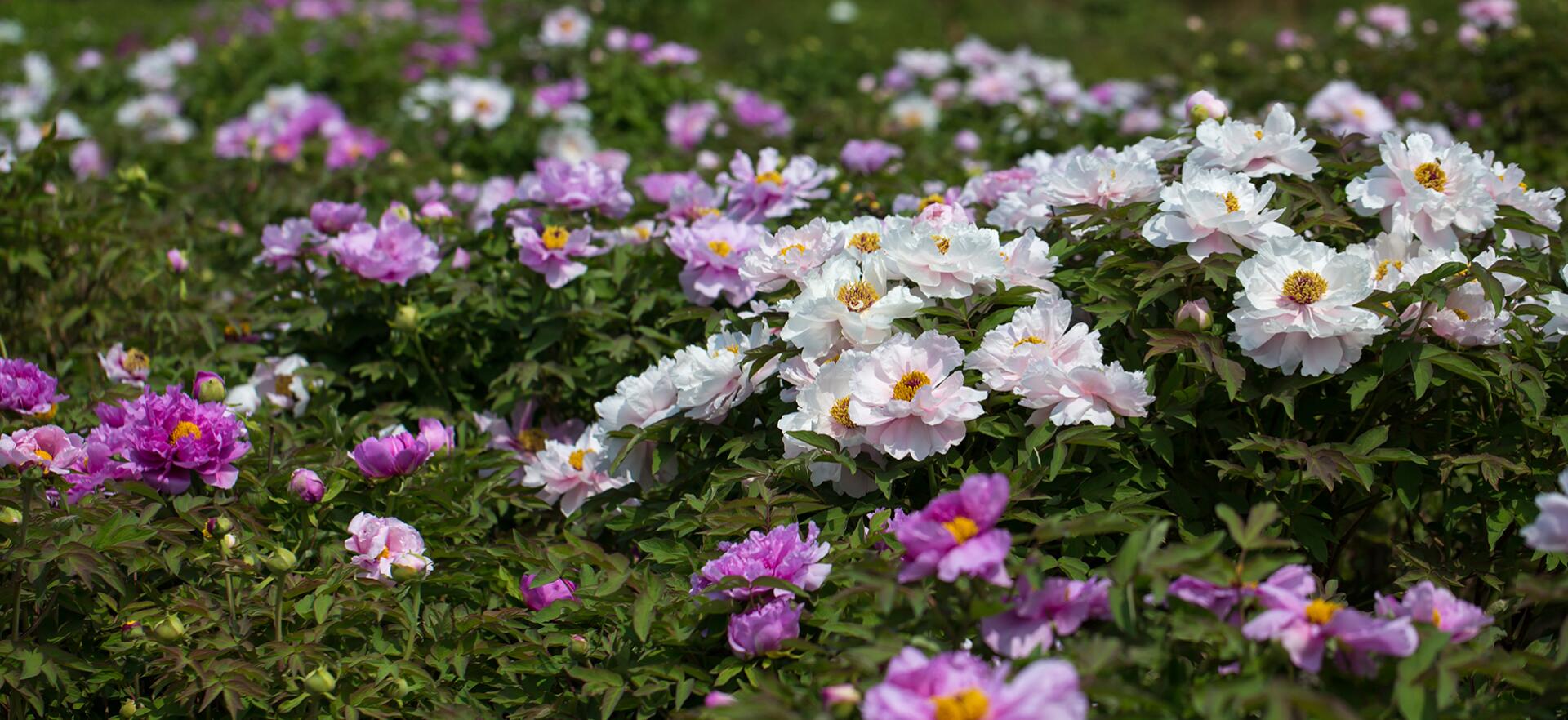
OUR PLANTS
Peony
Soothe sensitive scalps
Everything you need to know about our peonies
Klorane has chosen the Chinese Peony, valued in traditional medicine for its soothing effect, relaxing fragrance properties
NAME Chinese Peony
PART USED Root
BOTANICAL NAME Paeonia lactiflora l.
FORM Ethanolic extract
INCI NAME Paeonia lactiflora extract
ORIGIN
China
HARVEST Autumn
SECTOR Organic farming
FEATURES
What does it look like?



THE PROPERTIES OF OUR PEONIES
Why is it so effective for your sensitive scalp?
While genetics plays a major role, lifestyle (stress, diet, alcohol, smoking, unsuitable cosmetics) and the environment (UV, cold, heat, wind, pollution) also contribute significantly to skin sensitivity. Peony is the magic bloom for sensitive skin.
This is why Klorane chose the peony species Paeonia lactiflora, traditionally used in Chinese medicine for its soothing properties on the body and mind. Farmed by a local network of small producers with no fertilisation or irrigation but a lot of patience! The roots of the peonies are collected by hand in October after 5 years of growth. Once harvested, the roots are washed, boiled and peeled before being dried. The active ingredient is extracted in our lab in Gaillac, France, using natural solvents and a patented Pierre Fabre extraction method, to retain all its soothing benefits.
A few words from our expert
We only use cultivated peonies, so endangered wild peonies are not affected: 100% natural good news!

Klorane Botanist
AND FOR THE PLANET?
Our commitment

Social Commitment

Respect for the environment
An approach in favour of biodiversity
Klorane to the rescue of Chinese peonies.
China is the world's peony " reservoir ". Unfortunately, many varieties of wild peonies are threatened with extinction. Klorane Botanical Foundation has joined forces with the Botanical Institute of the Chinese Academy of Sciences in a 3-year programme to save several the endangered species. The aim is to reintroduce back into the wild.

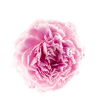
Did you know?
" Paeonia lactiflora was introduced to France during the First Empire, when the Emperor of China gave a collection to Empress Josephine. Over time, has become largely popular and culminated in the 19th century among painters and collectors. "
Discover the ORGANIC Peony Range
A range of organic Peony hair and body products to soothe and relieve the discomfort of the most sensitive scalp.
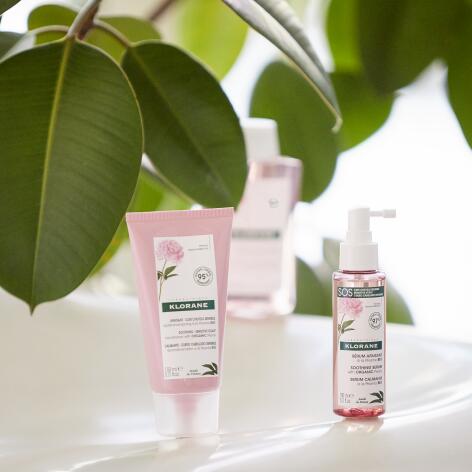
Discover our active botanical ingredients
Klorane has been taking care of you and nature for over 50 years.
Cornflower
The Centaurea cyanus, known as cornflower, is included in the European pharmacopoeia for its soothing and decongesting properties.Calendula
We have chosen Calendula to gently introduce babies to the benefits of nature, while taking care of their fragile skin with its soothing propertiesCupuaçu
Grown in the Amazon, Cupuaçu is a star ingredient. A butter with exceptional nutritional power is extracted from the Cupuaça fruit.Oats
One of our favourite active ingredients at Klorane, particularly for its richness in carbohydrates, lipids and vitamins which give it moisturising, softening and protective properties.Pomegranate
Hand-picked pomegranate bark is dried in the sun to concentrate its active ingredients, we then derive a patented extract with fixative properties.Flax
We have selected flaxseed for its rich mucilage, a true reinforcement that naturally lifts the hair.Mango
We selected mango because it is richness in nutritious fatty acids. Our experts extract a rich butter from the kernel that deeply nourishes and hydrates dry hair.Chamomile
We chose Chamomile because of the yellow pigment found in its flowers, which has lightening properties.Nettle
Nettle was used in traditional medicine for its astringent and anti-inflammatory properties. The roots of the nettle contain an abundance of natural sebum-regulating active ingredients.Quinquina
Quinquina, a tree native to South America, was brought to Europe in the 17th century. Quinine is extracted from its bark and was traditionally used as a tonic and astringent.



